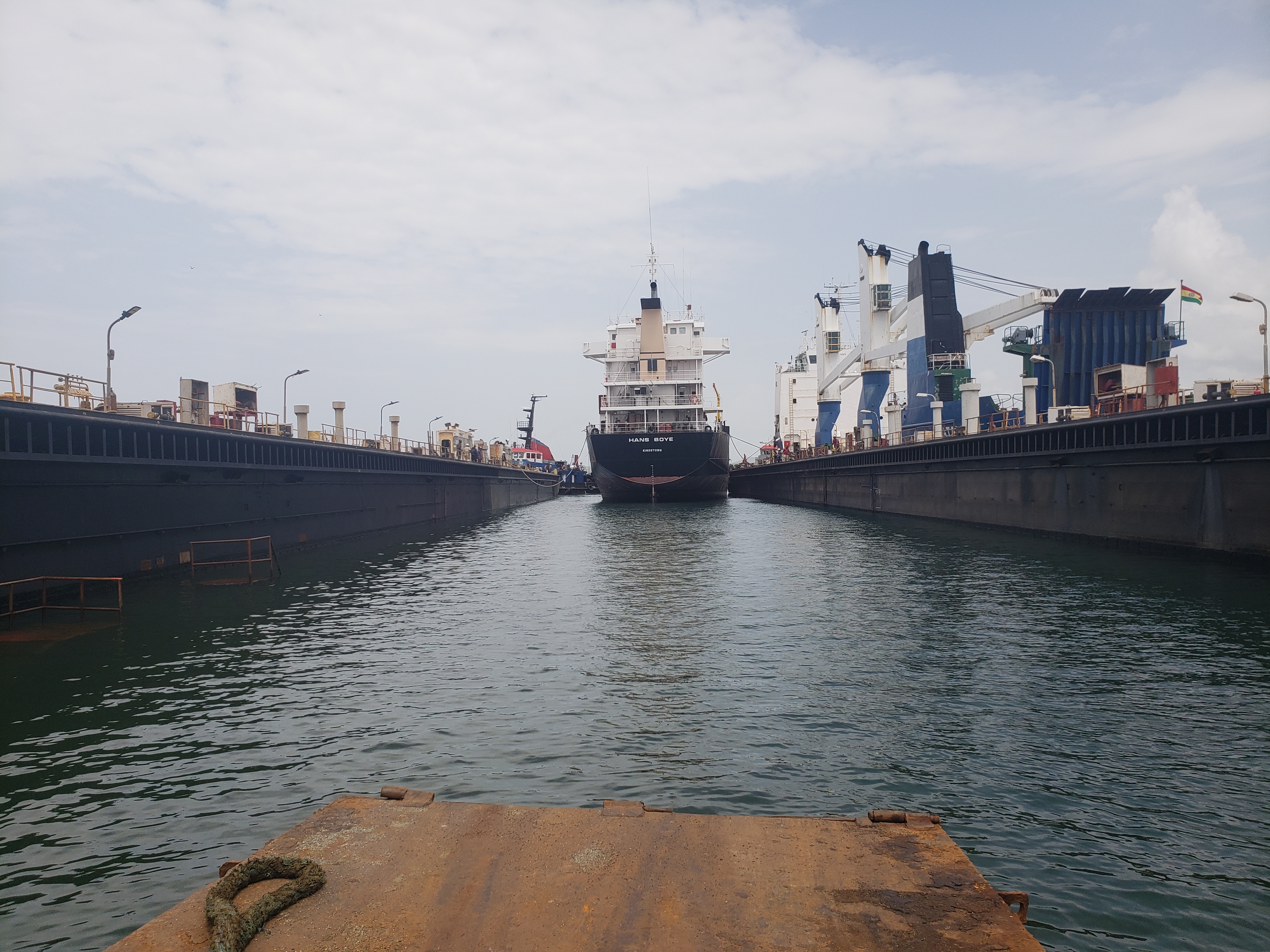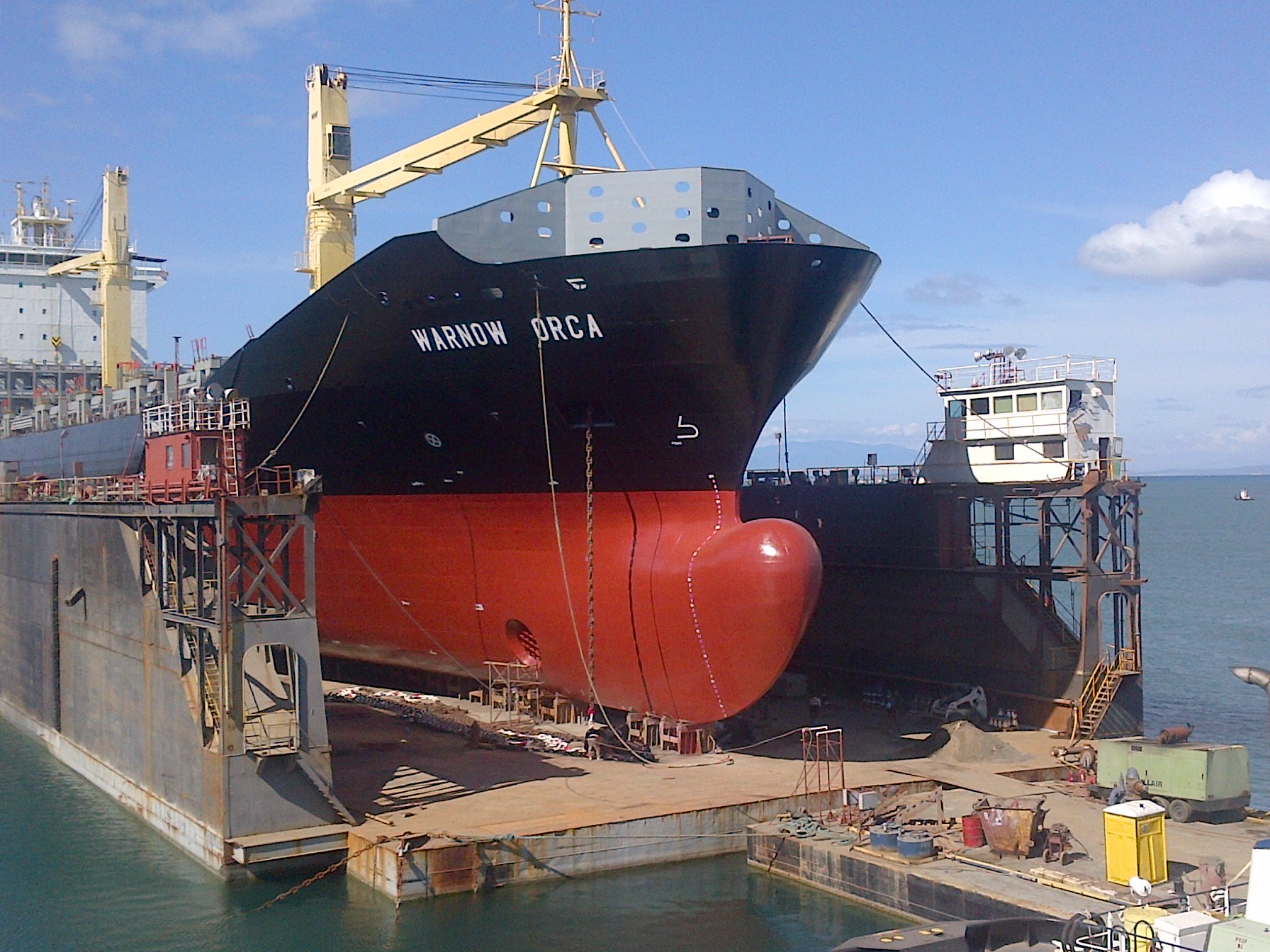
06-09-2021
How do Cruise Ships work
Have you ever been on a cruise ship? It can be a very relaxing experience - a smooth ride, good food, drinks, and lots of activities. Between swimming, sightseeing, gambling, and eating too much, it’s easy to forget that cruise ships are a marvel of engineering with impressive power systems.
Let’s take a look at how the power systems work on cruise ships and what happens if the power goes out.
Cruise ship propulsion
On cruise ships, there is an army of computers and engineers keeping everything running: lights are on, AC keeps everything comfortable, and the toilets flush. Part of the reason no one sees the engine room is its location.
Engine rooms can be more than three decks tall, but are split into smaller compartments for safety.
There are two types of drive systems on cruise ships. With direct drive systems, the diesel engines are connected to the propeller shaft. On many vessels, especially newer vessels with dynamic positioning systems, propulsion is diesel-electric, meaning diesel generators power electric motors that drive the ship.
Why diesel-electric power?
The majority of vessels built today are diesel-electric and power generators. This allows the engines to run at or near optimal efficiency no matter the speed of the vessel. At low speeds in port, only one engine may be needed to supply power for auxiliary and propulsion, but once at sea, multiple engines can be started to increase power and speed. While the propellers or thrusters might run on high voltage, that power can be easily converted to lower voltage like 110V for your room.
What about dynamic positioning?
Dynamic positioning is a computer operated system that keeps a vessel on station without human intervention. It uses thrusters underneath the ship combined with wind, wave, and GPS data to keep a vessel almost completely still in the water. Cruise ships use DP systems to better navigate in port as well as have the ability to “anchor” offshore without actually dropping an anchor. In this case, DP systems can keep the ship locked into a position without disturbing marine wildlife with anchors.
Next time you’re on a cruise ship, take a look around, there’s a lot of amazing engineering that went into building that floating city. From the immensely powerful engines to the ticket prices, everything has been designed to function just right.

06-12-2021
10 curious facts about maritime transport
1. Maritime transport represents 90% of world trade shipments.
2. The cost of building large container ships can exceed $ 200 million.
3. Only between 2% and 10% of the containers that transit around the world are inspected.
4. Maritime transport is an ecological form of transport, if we compare it with trucks or airplanes.
5. The average cost of shipping a bicycle is $ 10. The cost of sending a can of soda is $ 0.01.
6. Right now, there are about 20 million containers traveling by sea.
7. The engine of a container ship is 1,000 times more powerful than that of a car.
8. About two-thirds of commercial ships do not have advanced communication facilities on the high seas. Only 10% of the boats have Internet on board.
9. The ports of the East Coast of the United States, New York and New Jersey, carry a third part of all the traffic of the North Atlantic.
10. There are approximately 1.5 million sailors, the vast majority of whom come from the Philippine Islands.

17-11-2021
Importance of underwater ship repairs and maintenance
Standard support and fixes to your boat is a fundamental piece of being a vessel proprietor; it assists with guaranteeing wellbeing and security, keeps your boat in top condition and can set aside you time and cash over the long haul
Every so often, a submerged fix is the lone possible alternatives, especially in occurrences of body, propeller and plating upkeep.
Submerged boat fixes can:
· Signify your necessities
· Set aside cash over the long haul
· Lessen time spent in dry dock
· Further develop transport proficiency
Here’s why certain underwater repairs and maintenance are so important:
Hull Cleaning
Maybe the main sort of submerged boat fix, body cleaning ought to be finished consistently.
By keeping your boats structure spotless and kept up with, you can stay away from terrible shocks like barnacles, marine scavangers that whenever left untreated can connect themselves permanently to the underside of your boat.
Propeller Polishing
Regular propeller polishing can assist with diminishing the surface's harshness and thusly, can save huge costs eventually. Smooth propeller surfaces become ungracious to marine living beings, which means the underside of your boat will not turn into a homing ground for marine life that could cause harm.
Hull Plate Repairs
Damaged hull plating can be the result of many factors; natural corrosion, stress from long voyages or unavoidable wear and tear after years of use. Allowing defective hull plates to go unnoticed can cost you, both financially and in time, so immediate repair and maintenance once a fault has been identified is important. Repair methods are varied; from a hydraulic ram to specialist tempering.
Underwater Ship Painting
There will without a doubt be a period where submerged composition or cement work to the lower part of your boat is required, especially if any defensive covering starts to break down and erode. Customary upkeep on your boat's paintwork can assist with hindering such erosion as well as putting aside your money; if rust or oxidization is left for a really long time, it turns into a significantly more costly issue to have.
